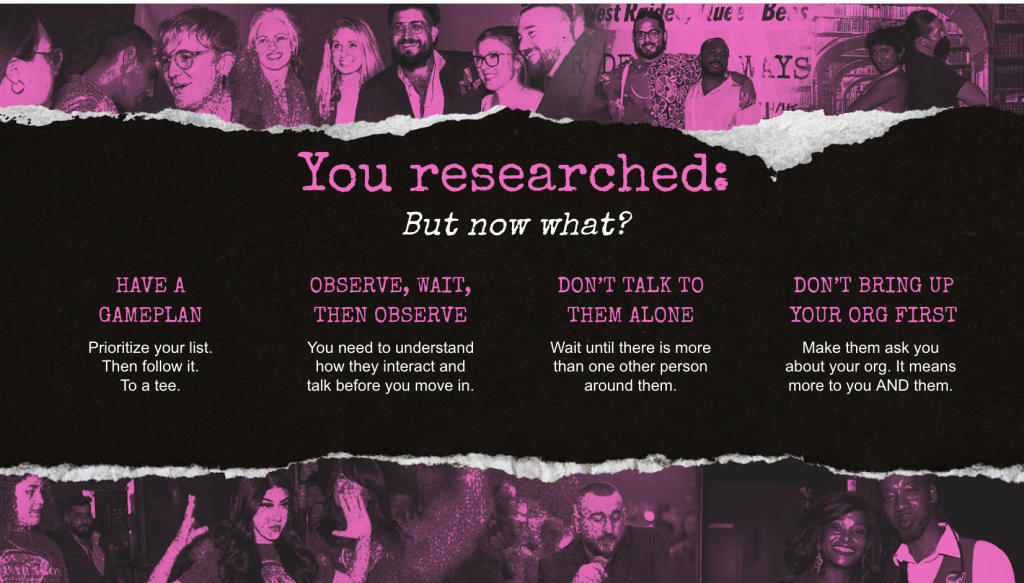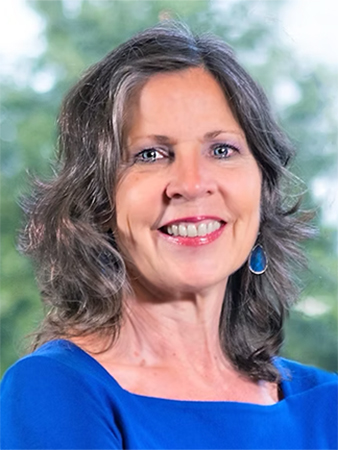Last week, we launched our monthlong fundraiser with a commemorative Techdirt / 30 years of Section 230 coin for donations of $100 or more. The initial response has been great, but we need more support to hit our targets.
We’re still far below our goal of making Techdirt funded primarily by reader donations. That matters because it’s the only way we can keep doing the kind of coverage that doesn’t exist anywhere else—coverage that refuses to treat this moment as normal, that digs into the details other outlets skip, and that actually understands how technology, policy, and democracy intersect.
(Quick admin notes: yes, we added a $230 donation level after someone pointed out the obvious oversight. Also, a few people have donated $99 because they don’t want a coin — we appreciate any donation of any amount, but we’ll ask everyone before shipping if they actually want the coin and you can just say no, so you can still donate any amount you want!)
For those still thinking about it, here’s what you’re actually supporting — our most important work over the last year:
Why Techdirt Is Now A Democracy Blog (Whether We Like It Or Not)
This became the most-forwarded piece we published all year. It put a stake in the ground: we’re not going to pretend this is a normal administration making normal policy decisions. While mainstream outlets sanewash every lawless act as just another day in politics, we said it clearly: this is an attack on the institutions that make tech innovation and free speech possible. Democracy isn’t just background context for tech policy. It’s the foundational layer. Without it, nothing else matters.
Empowering Users, Not Overlords: Overcoming Digital Helplessness
Everyone’s stuck “working the refs” — begging governments, platforms, or billionaires to fix things. That’s learned helplessness, and it’s exactly what concentrates power in their hands. This piece broke down why decentralized tools and protocols actually matter: they’re not just technical curiosities, they’re how users take back agency. You don’t need permission from Mark Zuckerberg or Elon Musk to control your own digital life.
Why Things Are The Way They Are
Tim Cushing took on critics who claimed we’d gotten “too political” by pointing out the obvious: when an administration is openly breaking laws and attacking institutions, pretending it’s normal is taking a political stance. Refusing the frame others try to impose on you is part of the job. This was Tim explaining why we won’t play along with manufactured both-sidesism when one side is actively dismantling rule of law.
Stop Begging Billionaires To Fix Software — Build Your Own
A practical follow-up on taking back agency: how vibe coding tools are making it possible to build your own small, personal tools instead of waiting for some platform to maybe, possibly do what you need. Not giant apps — just software that solves your problem, built by you. Another way to make the internet work for you, rather than the other way around.
Who Goes MAGA?
A modern update to the classic Dorothy Thompson 1941 Harper’s Essay “Who Goes Nazi?”, the Who Goes MAGA version seems to get discovered by some new pocket of the internet every few weeks and go viral again. It has certainly led to a bunch of discussions about why some people think that making life worse for a huge percentage of the population is a worthwhile price to pay in exchange for not having someone tell them they used an incorrect pronoun.
Brendan Carr Makes It Clear That He’s Eager To Be America’s Top Censor
We called this before he even took the job: Brendan Carr would be the most censorial FCC chair in modern history. Turns out that was exactly right. He’s attacked comedians, threatened broadcasters, and openly weaponized government power against speech he dislikes. The mainstream press still covers him like a normal regulator making policy arguments. We don’t, because he’s not.
I Want A New Drug. A Vaccine Even. And A Functioning FDA, CDC, NIH, Etc…
Cathy Gellis, one of our contributors, is fighting cancer. RFK Jr., now in charge of health agencies, is fighting cancer research. This isn’t abstract policy analysis — it’s the direct, personal cost of putting conspiracy theorists in charge of public health. Sometimes the stakes aren’t just democratic principles, they’re whether people live or die.
The “Debate Me Bro” Grift: How Trolls Weaponized The Marketplace Of Ideas
Bad-faith actors weaponize “free speech” rhetoric to demand debates that legitimize their nonsense. We broke down the actual grift: these aren’t genuine marketplace-of-ideas participants, they’re trolls gaming the system for attention and legitimacy. Real free speech principles don’t require you to platform and respond to every jackass who demands it.
Fascism For First Time Founders
Silicon Valley’s MAGA converts thought authoritarianism would be good for business. They’re learning the hard way that you can’t have a thriving innovation economy when you’re dismantling the rule of law and institutional stability that makes it possible. The AI bubble is hiding the rot, but the foundation is crumbling. These founders are about to get a very expensive education in why liberal democracy actually matters.
RFK Jr. Reiterates The Same Rhetoric That Made His Own Employees Targets
Someone walked into the CDC and opened fire while spouting the same conspiracy theories RFK Jr. spreads daily. That story got memory-holed fast. RFK Jr. keeps spreading the same dangerous rhetoric. Inflammatory lies have consequences. Most outlets moved on. We haven’t.
Rogan Misses The Mark: How Zuck’s Misdirection On Gov’t Pressure Goes Unchallenged and Hey Zuck, Remember When You Said You’d Never Again Cave To Government Pressure? About That…
That first post is over 10,000 words breaking down how Zuckerberg fed Rogan a misleading narrative about Biden admin “pressure” while admitting repeatedly that Meta said no and felt no coercion. Meanwhile, the Trump administration has been making constant threats and demands of Zuck and he’s folded on nearly every one. We called out how the original story was nonsense, and followed up with details of just how willing Zuckerberg is to cave to Trump’s demands, while admitting he never felt compelled to do so under Biden. Seems like a big story that the mainstream media just skipped right over.
The Hallucinating ChatGPT Presidency
Everyone worries about AI hallucinations, but the President does the exact same thing — generating confident bullshit that sounds plausible without any regard for truth. Wind him up and he’ll fabricate entire realities as long as they make him look good. Stop analyzing his words like they contain coherent and consistent policy positions. He’s just probabilistically generating whatever sounds good in the moment.
Brendan Carr Is A Shameless Liar: Now Pretending He Didn’t Break The Law And Censor Comedians Critical Of His Dim, Unpopular Boss
Because we’d been tracking Carr’s censorial pattern, we immediately recognized his attempt to get Jimmy Kimmel fired for what it was: actual government censorship of speech critical of Trump. Not the imaginary censorship MAGA types complain about — real, unconstitutional use of state power to silence critics. Most outlets covered it as just another political spat.
Forget Whether Or Not DOGE Exists: Will Anyone Be Held Accountable For 600,000 Deaths?
DOGE was never about efficiency. It was about destruction. While mainstream outlets credulously covered Musk’s efficiency theater, we’ve been tracking the actual impacts and exploring whether or not anyone will ever be held accountable for the damage. We’ve been making clear what happens when you treat government like a tech startup you can “disrupt” without consequences. Most media treated it as a legitimate policy experiment.
Take Back Our Digital Infrastructure To Save Democracy
The big-picture argument: democracy and digital infrastructure are inseparable now. If we let tech oligarchs control all our communication tools, we’ve already lost. But we haven’t lost — there are still paths to reclaiming control through decentralized systems. This post connected the dots between technical architecture and democratic survival in ways most political coverage completely misses.
Democrats Should Be Stopping A Lawless President, Not Helping Censor The Internet, Honestly WTF Are They Thinking
Democrats aren’t just failing to oppose Trump’s authoritarianism — they’re actively collaborating on internet censorship bills that hand more power to the executive branch. It’s political malpractice dressed up as “protecting children” or whatever the excuse du jour is. Someone needs to point out that the opposition party is helping build the surveillance and censorship infrastructure they’ll inevitably face themselves.
Notice a pattern? These aren’t stories you could get anywhere else, because most outlets either don’t understand the technical details, don’t grasp the institutional stakes, or are too busy both-sidesing actual authoritarianism to call it what it is.
We understand how content moderation actually works, so we can explain why Zuck’s narrative to Rogan was bullshit. We’ve been covering the faux “censorship industrial complex” debate for years, so we recognized Carr’s threats immediately. We know how digital infrastructure shapes democracy, so we can connect those dots while political reporters are still figuring out what a protocol is.
That’s what you’re funding when you support Techdirt.
But if you want more of these kinds of stories, we need your ongoing support. We need to prove that Techdirt can stand alone as an independent publication. And that requires users to back it. And through January 5th, if you back us at $100 or more, you’ll get the very first (hopefully of many) commemorative coin from Techdirt, this one honoring Section 230, which is rapidly approaching its 30th anniversary.











